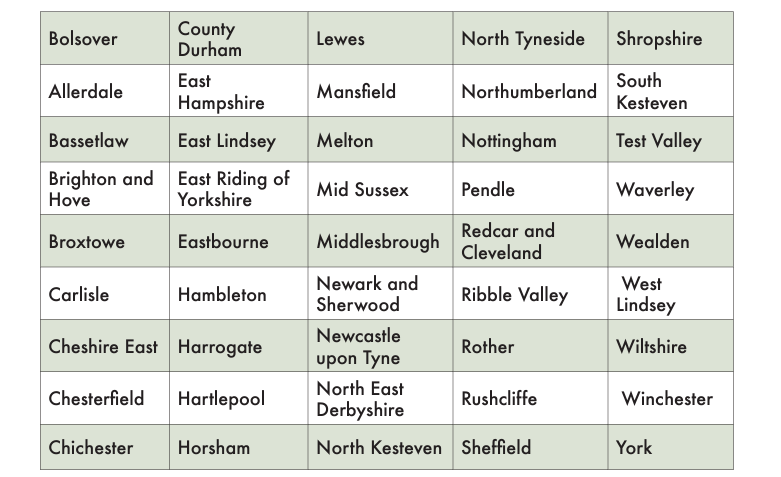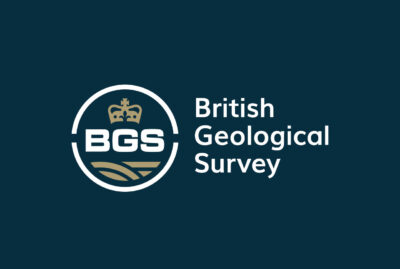UK MP publishes report on UK’s deep geothermal potential
The "Dig Deep" report published by MP Kieran Mullan looks at the deep geothermal potential of the UK and identifies high-potential areas.
Dr Kieran Mullan, Member of the Parliament of the UK, has just published a report for Prime Minister Rishi Sunak on the deep geothermal potential of the UK. The full report, “Dig Deep: Opportunities to Level Up Through Deep Geothermal Heat & Energy On The Way To Net Zero,” can be accessed via this link.
The report was conducted with the cooperation of the Durham Energy Institute and the Coal Authority. Among the highlights of the report is the potential of the deep geothermal industry to create 35,000 jobs by 2050.
“We have made rapid progress on switching to homegrown renewable electricity and have made energy security a key priority. Success is going to depend on pulling all the levers at our disposal,” said Prime Minister Rishi Sunak.
“I want to thank Kieran for producing this excellent report which will help us consider whether there is a bigger role for deep geothermal. The findings on how developing this technology overlaps with opportunities to level up really add to our understanding of the possible benefits.”
Potential geothermal sites offer opportunities for economic resilience
An important part of the report is the results of a study conducted by the Durham Energy Institute identifying 45 local authority locations with the likely greatest potential for an exploitable deep geothermal resource. The summary table of these locations is shown below while the full report of the Durham Energy Institute has been included as an Appendix to the report.

An interesting finding of the report is that 6 of the top 10 local authorities with the lowest economic resilience happen to be included in the list of the high geothermal potential locations. Moreover, 44% of the list of high potential locations fall within the top 100 locations qualified for the UK Community Renewal Fund.
This overlap presents massive opportunities for investment in deep geothermal to contribute to the UK’s Levelling Up agenda that aims to reduce economic imbalances between areas and social groups across the UK.
Stakeholder input on support mechanisms
The report went on to analyze the challenges and barriers to deep geothermal development in the UK. The usual factors were mentioned here – high drilling costs, uncertainty of market development, the lack of supply and distribution infrastructure, discovery risk, and the absence of government support.
Seeking to find ways to address these barriers, the report included a stakeholder survey to assess their desired support schemes. More than 60% of the respondents believed that a feed-in tariff (61%), Contracts for Difference (CfD) for heat (61%), and capital grants (67%) would support the industry. In contrast, only 3% chose having insurance during the exploration phase.
Extracting heat from mine water
The report also features the work done by the Coal Authority to utilize the network of abandoned coal mines in the UK as sources of heat. As with deep geothermal, the potential sites for mine water heat extraction also often overlap with areas in need of levelling up.
Based on an initial feasibility work, the Coal Authority has identified 42 schemes which can create 4227 jobs and provide £293m gross value. The full report of the Coal Authority has been included as an Appendix to the report.
Source: Dr Kieran Mullan


















